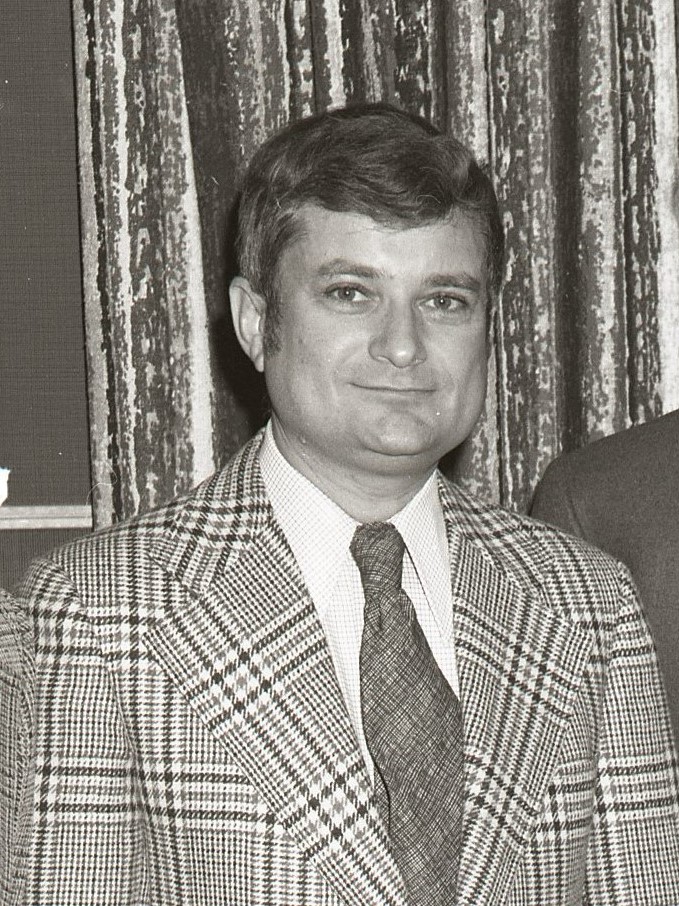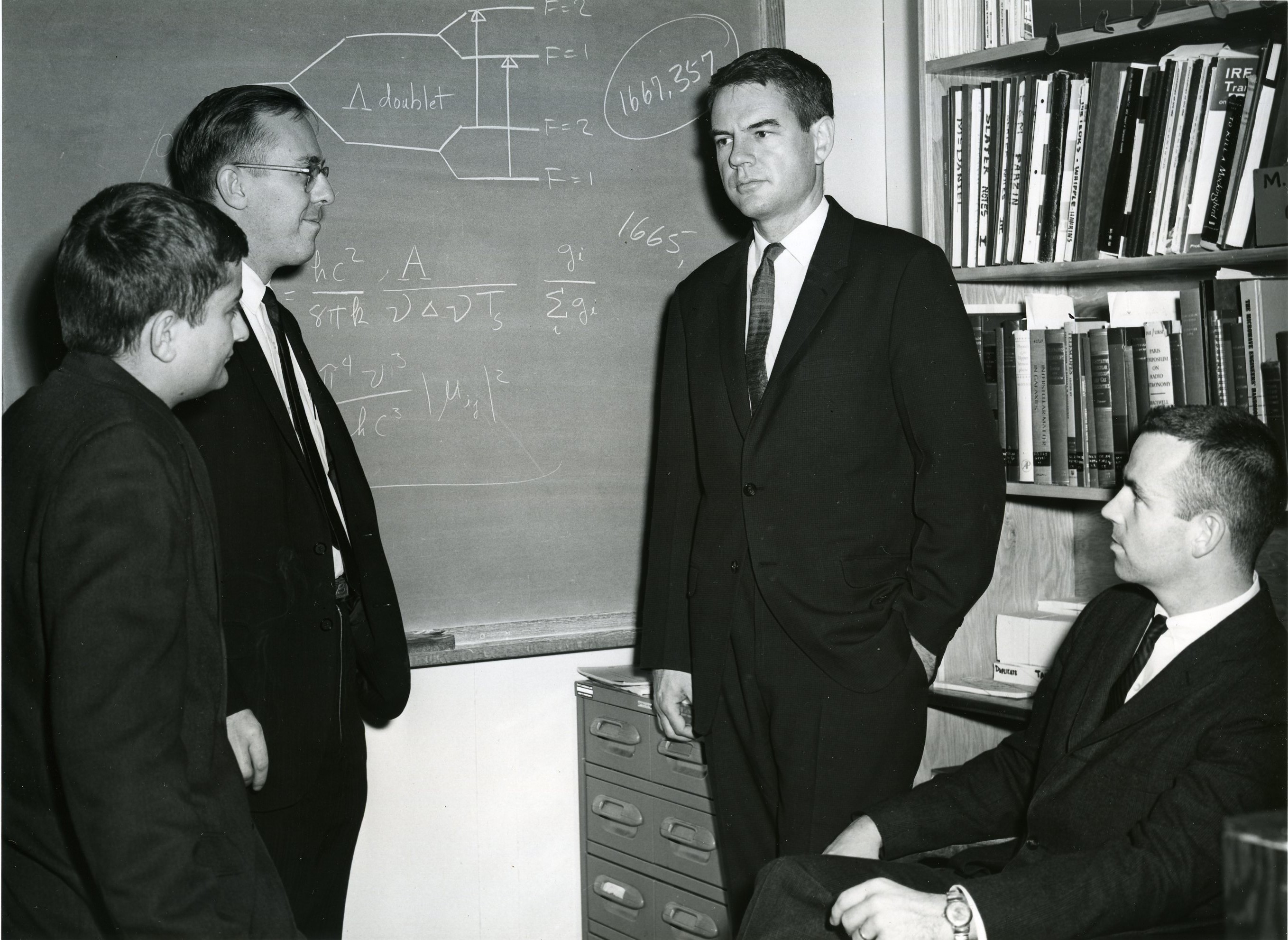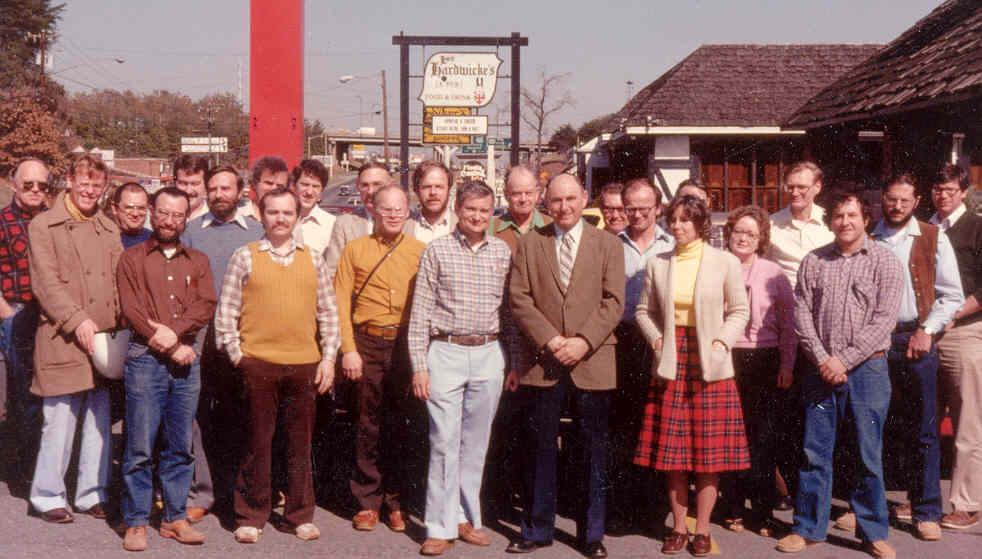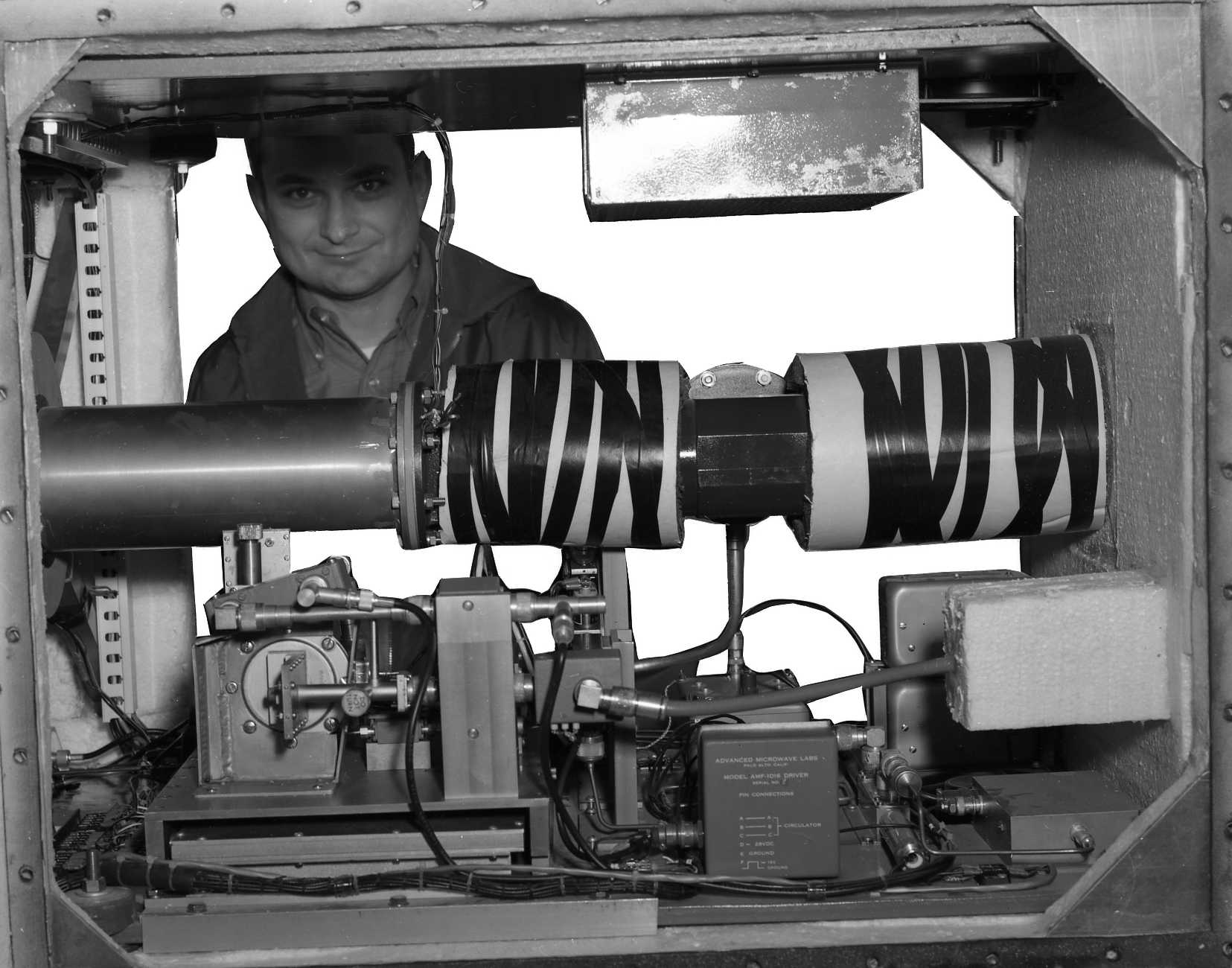Finding Aid to the Papers of Sander Weinreb, 1960-2006
See also the Papers of Kenneth I. Kellermann, which include a 2023 interview with Weinreb (1 hour 27 minutes).
    |
Contents:
Location of collection: National Radio Astronomy Observatory, Archives, 520 Edgemont Rd., Charlottesville, VA. Phone: 1-434-296-0203, email: archivist at nrao.edu Title and dates of the collection: Papers of Sander Weinreb, 1960-2006 Size of the collection: 0.25 linear feet Papers/Records created by: Weinreb, Sander (1936- ) Short description of collection: The collection includes 1960-1963 material on the search for the deuterium line and the detection of interstellar hydroxyl while Weinreb was at MIT, and 2003-2006 materials from Weinreb's tenure on the AUI Visiting Committee for NRAO and on NRAO's EVLA Advisory Committee. Materials from Weinreb's years at NRAO are included in the Records of the National Radio Astronomy Observatory.
Biography: Sander Weinreb received his PhD in electrical engineering from the Massachusetts Institute of Technology in 1963, then joined the research staff at MIT's Lincoln Laboratory. While still a graduate student at MIT, he developed the world's first digital autocorrelation spectrometer which he then used to place a new upper limit to Galactic deuterium, and in 1963 with Alan Barrett, Littleton Meeks, and J. C. Henry, he detected the OH ion, which was the first radio observation of an interstellar molecule. His autocorrelation spectrometer technique has been used at virtually every major radio observatory throughout the world and has been crucial in the subsequent explosive growth of interstellar molecular spectroscopy. Weinreb joined the staff at National Radio Astronomy Observatory in 1965, and became Head of the Electronics Division and later Assistant Director. During his 23 years at NRAO, he pioneered the use of low noise cryogenically cooled solid state amplifiers in radio astronomy. He was the architect for the electronic systems design for the NRAO Very Large Array in New Mexico and led the group which developed the novel front ends and the data transmission, acquisition, and monitor and control systems for the VLA. After leaving NRAO in 1989, Weinreb worked at Martin Marietta, at the University of Massachusetts where he developed MMIC amplifiers and other millimeter wave devices, and then at California Institute of Technology and Jet Propulsion Laboratory, continuing his work on electronic design in large arrays. Weinreb is an IEEE Fellow, a member of URSI Commission J, the recipient of the 2008 Reber Medal, NRAO's 2011 Jansky Lecturer, and has served on advisory committees for several national and international radio observatories. [Biographical note written by Ellen Bouton; includes material adapted from a biographical note by Kenneth I. Kellermann written on the occasion of Weinreb's receipt of the 2008 Reber Medal.] Accession history: Material was donated by Weinreb in 2022. Access to collection: No restrictions. The Archives are open part-time; contact the Archivist for appointment. Restrictions on use of collection: None. Publication rights: Copyright has been assigned to the NRAO/AUI Archives. All requests for permission to publish or quote from manuscripts must be submitted in writing to the Archivist. Preferred citation: National Radio Astronomy Observatory/Associated Universities, Inc. Archives, Papers of Sander Weinreb, <series/unit/subunit/box #>. After the initial citation, abbreviations may be used: NRAO/AUI Archives, Weinreb Papers, <series/unit/subunit/box #>. Processing notes: During processing, fasteners were removed and photographs digitized. MIT Series: Includes correspondence, the 1960 proposal for a program to detect the galactic deuterium line, and the November 1963 press release on the detection of interstellar hydroxyl with related photographs. Size: 3 folders. Click here for a listing of folders and digitized items. Committees Series: Includes materials from Weinreb's 2003 service on the AUI Visiting Committee for NRAO and 2002-2006 material from Weinreb's service on NRAO's EVLA Advisory Committee. Size: 2 folders. Click here for a listing of folders. Additional Materials About Weinreb: Click here for digitized photos of Weinreb. |
